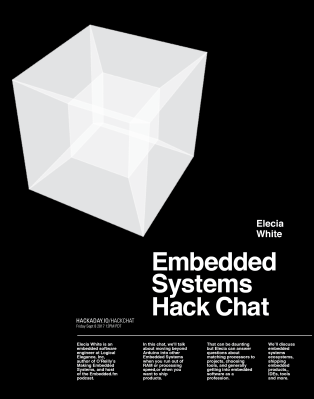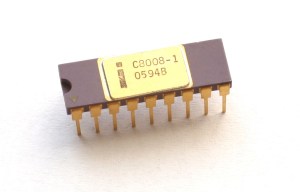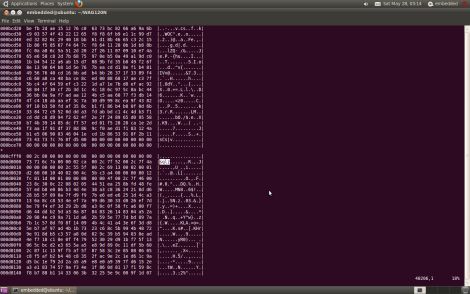It used to be the cost of a microcontroller was a big inhibitor to putting brains in everything, but those days are long gone. Even 32-bit CPUs are now cheap enough that you can throw them into anything. The biggest factor now is probably power. Do you really want to charge your electric toilet seat or change batteries every few weeks? A company called Everactive wants you to ditch your battery using their sensor platform they claim harvests energy from a variety of sources and they are about to deliver their first developer’s kit.
The sensor can measure temperature, humidity, pressure, magnetic field, and acceleration on three axes. The device claims to harvest energy from radio frequencies, vibrations, small temperature differentials or light, even indoors. Our guess is that the sensor package runs on very little and when you poll the device wirelessly, the incoming radio signal supplies power for communication. The company claims its device uses 1000 times less power than competing solutions.
Continue reading “Less Is More When It Comes To Sensor Power”










 My entry into this field was when the first 8 bit processor (the 8008) came out, and still find it endlessly fascinating. I write a lot about embedded topics, and give talks and seminars, on all of the continents except Antarctica (so far!). We live in heavily-wooded Finksburg, MD, which is just stunning this time of year, and, since my office is in the house, the commute is pretty tolerable. Other passions include sailing; I wrote an on-line book (www.ganssle.com/jack) about racing alone across the Atlantic. Great trip, other than losing the boat.
My entry into this field was when the first 8 bit processor (the 8008) came out, and still find it endlessly fascinating. I write a lot about embedded topics, and give talks and seminars, on all of the continents except Antarctica (so far!). We live in heavily-wooded Finksburg, MD, which is just stunning this time of year, and, since my office is in the house, the commute is pretty tolerable. Other passions include sailing; I wrote an on-line book (www.ganssle.com/jack) about racing alone across the Atlantic. Great trip, other than losing the boat.









